

In Moscow, city authorities and residents decided to dismantle the monorail line after twenty years of operation. Its maintenance turned out to be unjustifiably expensive, and the route itself failed to attract consistent public use. Over the past decade, the system was used mainly as a tourist attraction. Given the conceptual similarities between monorail and string transport, this precedent became another reason to reflect on the advantages of uST transport and infrastructure solutions.
Although the idea of the monorail dates back to the 19th century, the system still looks like something out of a science fiction book. Nevertheless, the monorail is far from a widely used mode of transport: today it operates in just a few cities across Germany, India, China, the UAE, USA, and Japan, as well as Jakarta, Kuala Lumpur, and Singapore.
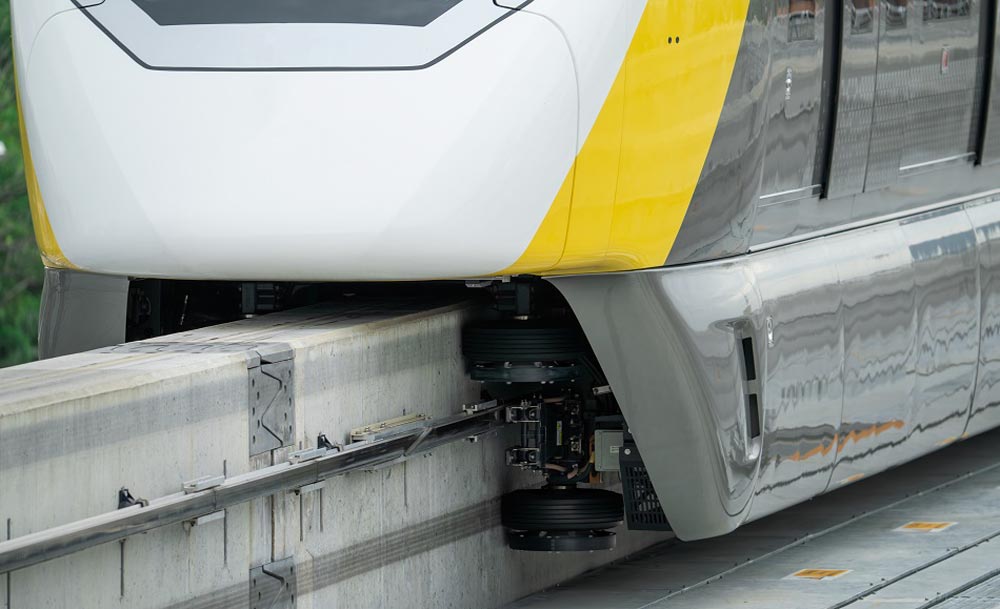
Construction of monorails
Compared to double-rail systems, monorails are more technically complex and therefore more expensive not only in terms of construction and operation, but even at the design stage. In fact, monorail systems are not standardized globally, so each project requires individual certification and careful planning to integrate with existing transport networks.
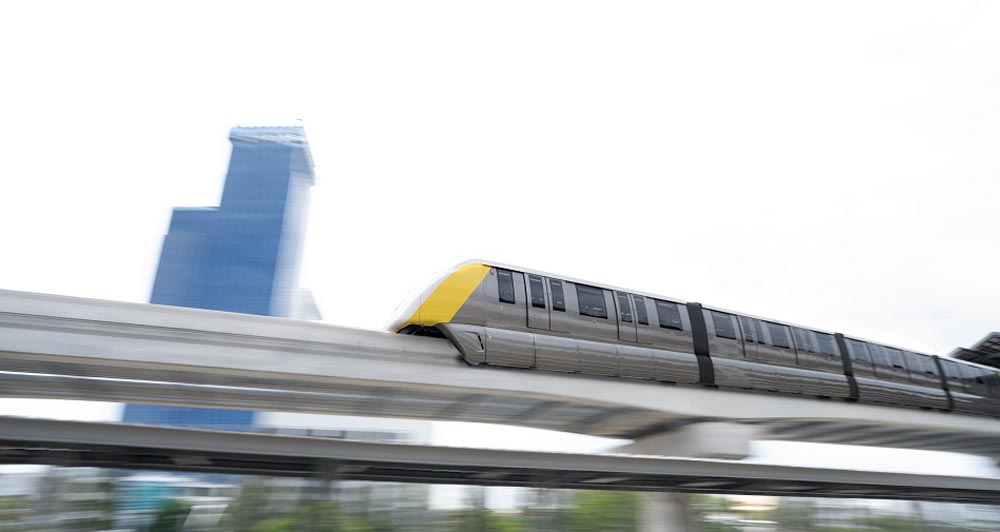
Monorail transport in Japan
An undeniable advantage of monorail tracks is their classification as above-ground transport solutions, meaning they do not take up space on congested city roads. However, constructing their bulky support structures demands substantial land allocation.
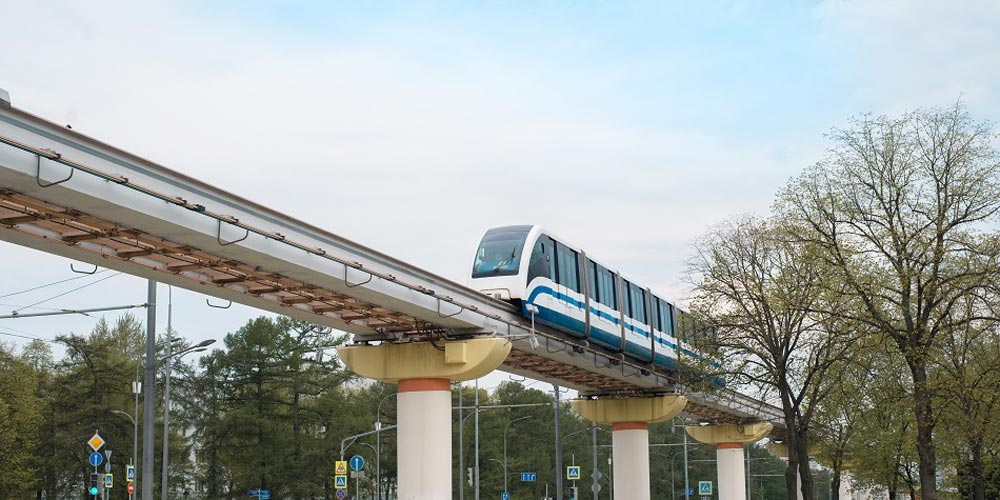
Monorail railway
The main drawback of monorails is their cost, which exceeds that of double-rail tracks several times over. Maintenance is also expensive, with rapid wear affecting both rolling stock (wheels, braking systems, couplers) and the tracks themselves, especially switch mechanisms.
One of the reasons the Moscow monorail was dismantled was a poorly chosen route. Initially, it was intended to connect metro stations VDNKh, Fonvizinskaya, and Timiryazevskaya, resulting in a 4.7 km long line. In 2004, the system began operating, transporting 10–15 thousand passengers daily. But by 2016, after the Moscow Central Circle opened, daily ridership dropped to just 2 thousand, with local residents making up only 15%. With an actual speed below 30 km/h, the system proved inefficient and transitioned from public transport to a tourist attraction.
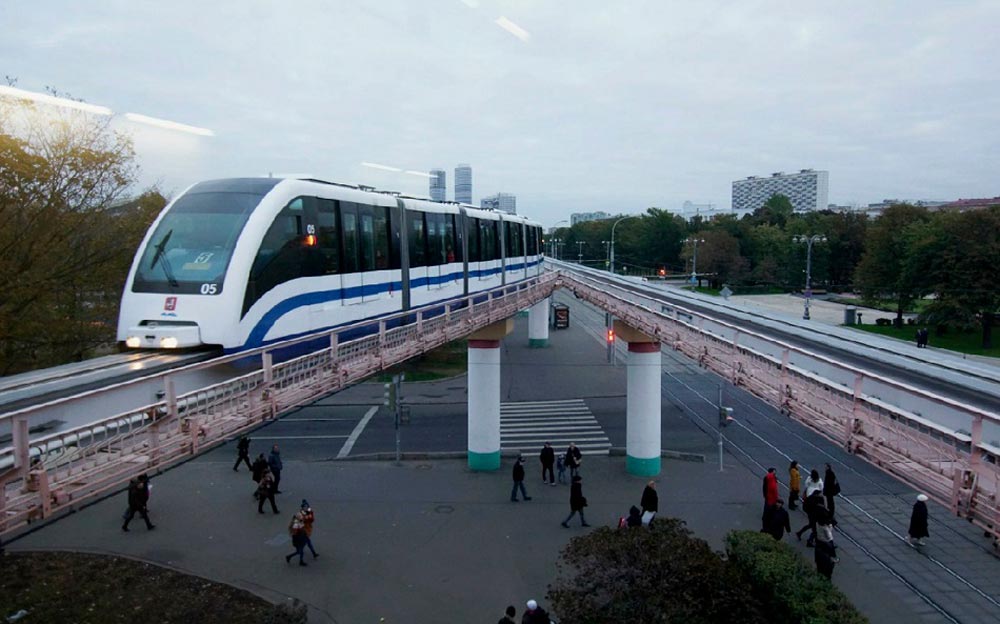
Moscow Monorail
It’s important to note that the Moscow monorail was expensive to maintain: construction alone cost over 6 billion rubles, and annual technical upkeep required up to 800 million. The project contractor, Swiss company Intamin, provided trains ill-suited to Russia’s climate, which played a negative role in the outcome. For example, at temperatures below -20°C, electronic systems could fail and braking performance would decrease. Replacement parts, custom-manufactured, were also costly.
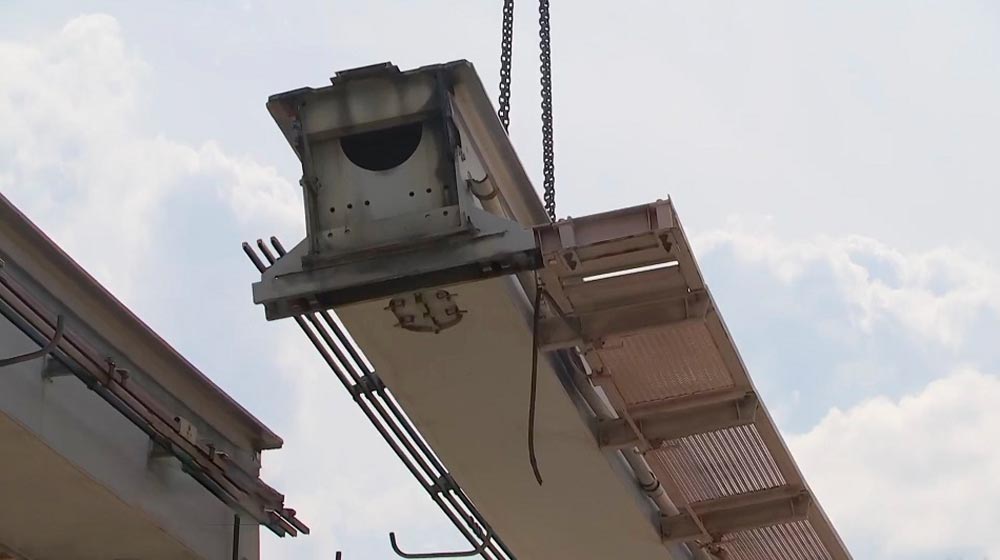
Dismantling of the Moscow Monorail Railway
This all affected ticket prices too. Monorail rides cost ten times more than subway fare. Ultimately, the system was deemed irrational by Moscow authorities, and a survey of local residents resulted in a decision to dismantle the monorail. The space will be converted into an elevated park with jogging paths, gazebos, and coffee shops.
The case of the Moscow monorail highlights the importance of properly integrating a transport line into the urban landscape. Despite its futuristic appearance, the monorail has serious drawbacks: high operational costs, large land footprint, low capacity, weather vulnerability, expensive fares, and low public demand.

Rail-string transport is easily integrated into urban infrastructure
uST transport and infrastructure solutions offer a more efficient alternative, free from monorail limitations. String rail transport is designed based on the principle of a horizontal elevator. These routes can be constructed at any height, connecting not just streets but even high-rise buildings. Unlike monorail overpasses, uST string complexes allow for flexible routing even over winding paths. The rail-based unmanned vehicles (uPods) operate quietly and at high speed, reducing both travel time and waiting periods at stations. Winter is no threat to string transport: the narrow rail (less than 10 cm wide) prevents snow and ice buildup, while the motion of uPods helps clear snow and ice. The elevated tracks avoid snowdrifts, and the vehicles can operate even in strong winds.
Each year, the desire of municipal authorities to ease urban traffic and create more flexible infrastructure grows stronger. But many existing solutions don’t fully meet these needs, as demonstrated by the Moscow monorail.
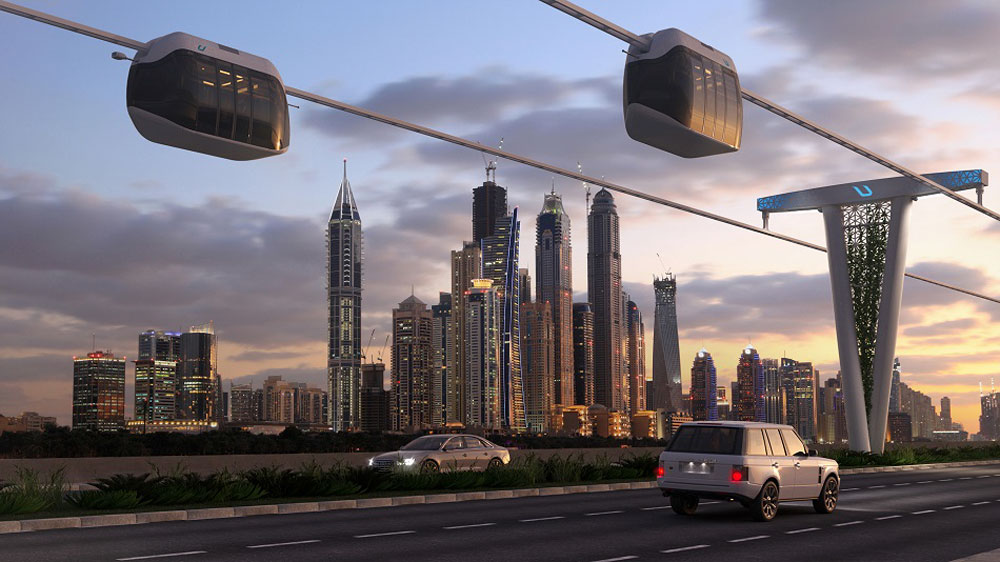
uST Rail-String Track
In contrast, uST transport and infrastructure complexes, with their clear advantages, appear especially appealing to city developers and park planners, because string transport, among other things, is also environmentally friendly.
This form asks for your consent to allow us to use your personal data for the reasons stated below. You should only sign it if you want to give us your consent.
Who are we?
The name of the organisation asking you for consent to use your information is:
Global Transport Investments
Trident Chambers, P.O. Box 146, Road Town
Tortola
British Virgin Islands
We would like to use the following information about you:
Why would we like to use your information?
Global Transport Investments would like to send this information to company registry, inform you about its news, for refund purposes.
What will we do with your information?
We store your name, address, ID Data, date of birth into company registry. We will share your e-mail & phone number with IT Service (https://digitalcontact.com/), SMS Center (http://smsc.ru). They will add your details to their mailing list and, when it is news update, they will send you an email or sms with details. We store your credit card number for possible refunds.
How to withdraw your consent
You can withdraw the consent you are giving on this form at any time. You can do this by writing to us at the above address, emailing us at the address: [email protected] or by clicking on the unsubscribe link at the bottom of emails you receive.
This privacy notice tells you about the information we collect from you when you sign up to receive our regular newsletter via our website. In collecting this information, we are acting as a data controller and, by law, we are required to provide you with information about us, about why and how we use your data, and about the rights you have over your data.
Who are we?
We are Global Transport Investments. Our address is Trident Chambers, P.O. Box 146, Road Town, Tortola, British Virgin Islands. You can contact us by post at the above address, by email at [email protected].
We are not required to have a data protection officer, so any enquiries about our use of your personal data should be addressed to the contact details above.
What personal data do we collect?
When you subscribe to our newsletter, we ask you for your name and your email address.
Why do we collect this information?
We will use your information to send you our newsletter, which contains information about our products.
We ask for your consent to do this, and we will only send you our newsletter for as long as you continue to consent.
What will we do with your information?
Your information is stored in our database and is shared with with IT Service (https://digitalcontact.com/), SMS Center (http://smsc.ru). It is not sent outside of the Euro. We will not use the information to make any automated decisions that might affect you.
How long do we keep your information for?
Your information is kept for as long as you continue to consent to receive our newsletter.
Your rights over your information
By law, you can ask us what information we hold about you, and you can ask us to correct it if it is inaccurate.
You can also ask for it to be erased and you can ask for us to give you a copy of the information.
You can also ask us to stop using your information – the simplest way to do this is to withdraw your consent, which you can do at any time, either by clicking the unsubscribe link at the end of any newsletter, or by emailing, writing us using the contact details above.
Your right to complain
If you have a complaint about our use of your information, you can contact the Information Commissioner’s Office.
Rate and Comment
You can assess the importance of a particular publication and the level of its preparation. Share your opinion in the comments!